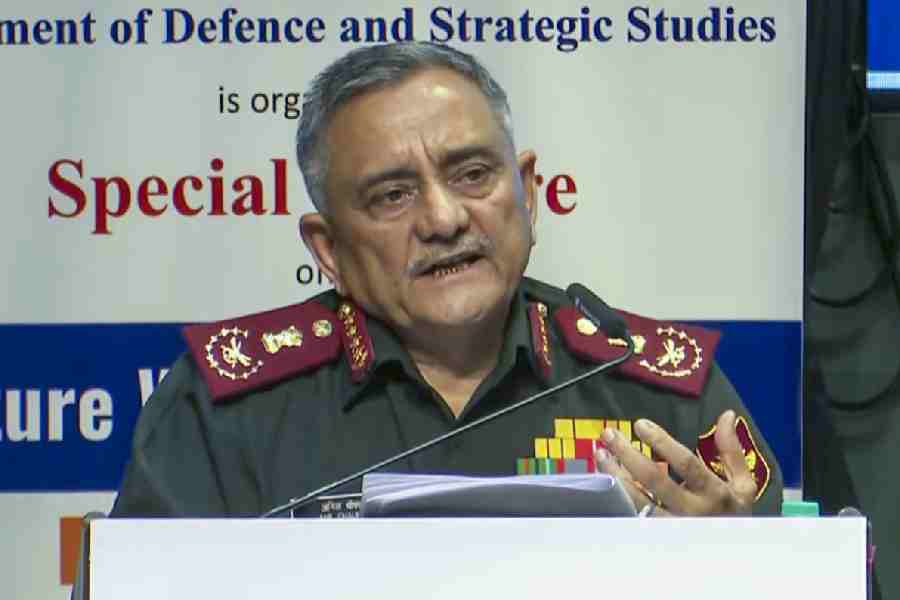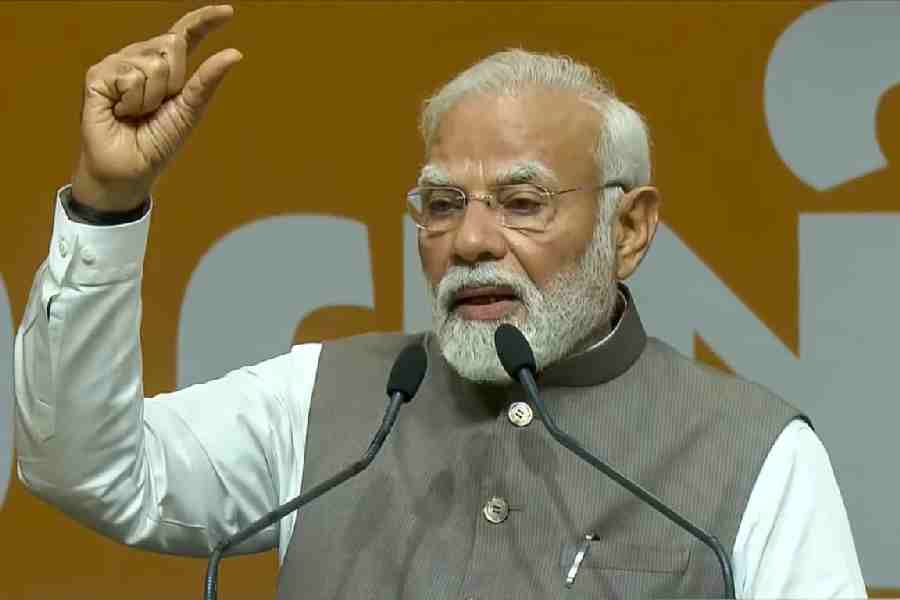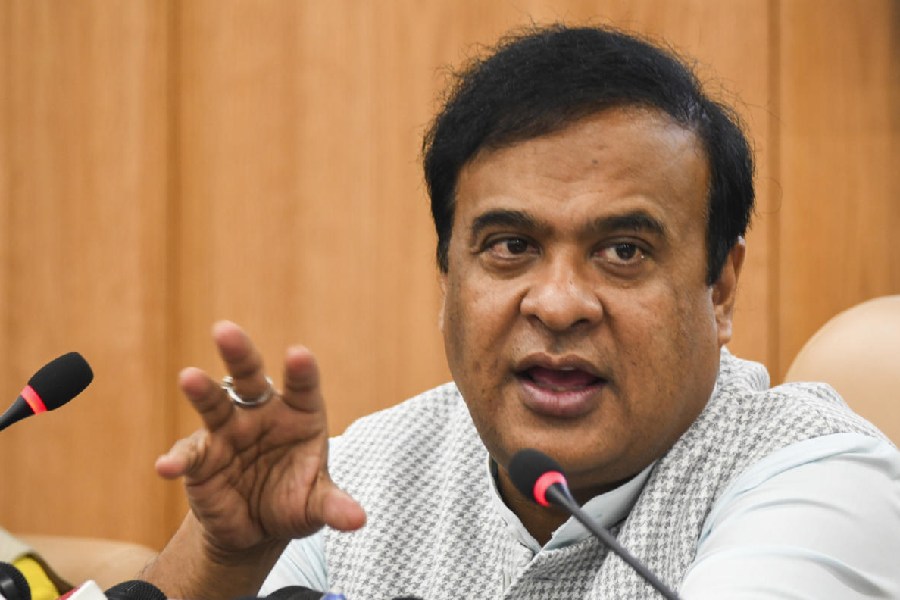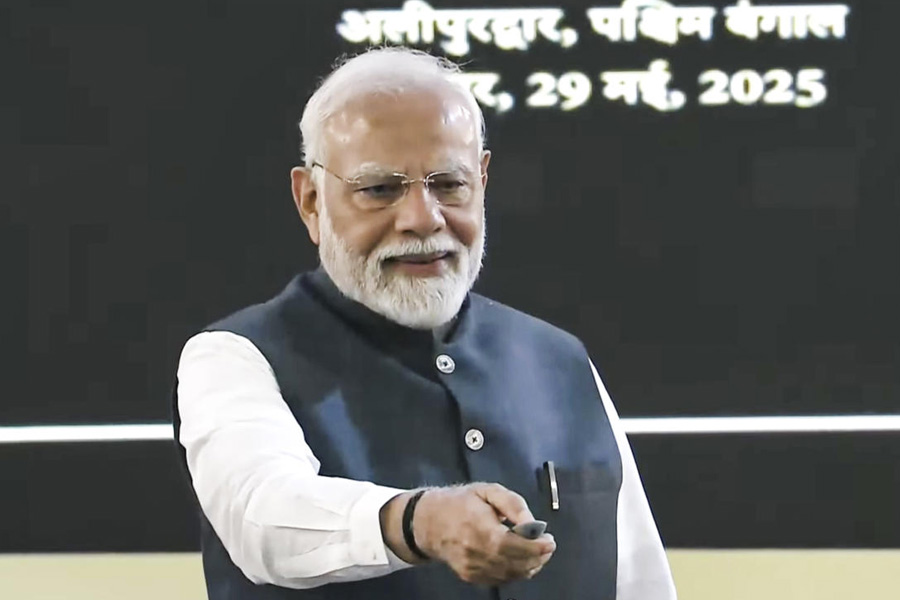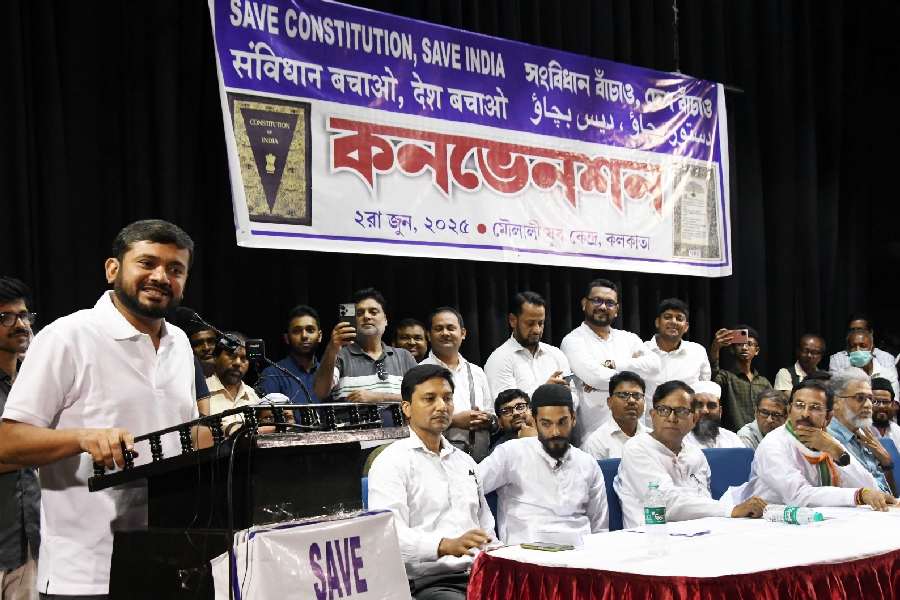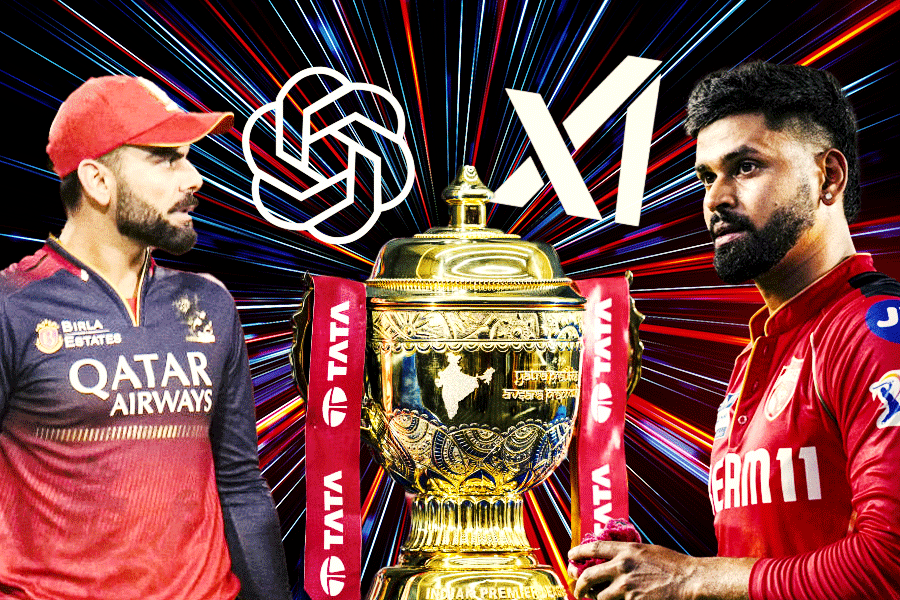 |
| towards harmony: The legislation can be a deterrent to targeted communal violence. Picture by Ramakant Kushwaha |
The much-awaited Communal Violence Bill might finally see the light of day by the end of this year, if all goes well in Parliament.
According to K. Rahman Khan, Union minister for minority affairs, the home ministry is working hard to give the bill, originally introduced in 2005, a fresh lease of life. “The government wants to bring in the Communal Violence Bill,” he says. “The home ministry is holding consultations with the ministries concerned, including the minority affairs ministry.”
Khan goes on to add that a draft incorporating the suggestions of the standing committee, which scrutinised the original Communal Violence (Prevention, Control and Rehabilitation of Victims) Bill under Sushma Swaraj, and the National Advisory Council (NAC), can be expected in the winter session of Parliament.
The chief objective of the bill, as stated by the then home affairs minister, Shivraj Patil, is “empowering the State Governments and the Central Government to take effective measures to provide for the prevention and control of communal violence and to rehabilitate the victims of such violence, for speedy investigation and trial of such offences”.
According to John Dayal, social activist and a member of the National Integration Council headed by the Prime Minister, certain objections to the 2005 bill were raised when the government presented its version in the Rajya Sabha. “It was clear that the administration was empowering governments and the police rather than protecting victims,” he says.
Subsequently, the NAC was tasked with drafting another version of the bill, which came to be known as the Prevention of Communal and Targeted Violence (Access to Justice and Reparations) Bill, 2011. Dayal, who was involved with the process of drafting the bill, says this draft, after being “formatted” by additional solicitor-general Indira Jaising, was put in the public domain a couple of years ago to garner public opinion.
Activists say that since 2011, the draft bill has been in limbo. But many of them are now upbeat that something is perhaps being done to revive it. “For the moment at least the much awaited bill has been pulled out of cold storage,” says Teesta Setalvad, founder of Citizens for Justice and Peace (CJP), an NGO that fights for victims of Gujarat riots. She hopes the government will not deviate greatly from the NAC version of the bill.
In fact, CJP and 30 other non-government organisations have been running the Justice For All campaign across the country over the past few months to put pressure on the Centre to start the legislative process for passing the Communal Violence Bill. “The campaign has been endorsed by Justices P.B. Sawant, Justice Kolse Patil, Justice S.A.H. Raza and others. We have had at least 15 public meetings so far across the country,” adds Setalvad.
Experts say that the NAC draft is pretty comprehensive while addressing issues such as fixing the accountability of public servants during communal violence, hate propaganda and stipulating enhanced punishments for perpetrators. Apart from proposing the formation of a National Authority for Communal Harmony, Justice and Reparation, it lays down definitions of “targeted violence” and “torture”, among other things.
For instance, Section 9, which deals with organised communal and targeted violence, says, “Whoever, being an individual, singly or jointly with others or being a part of an association or on behalf of an association or acting under the influence of an association, engages in continuing unlawful activity of a widespread or systematic nature knowingly directed against a group or part thereof, by virtue of their membership of that group, by use of violence or threat of violence or intimidation or coercion or by committing sexual assault or other unlawful means, is said to commit the offence of organised communal and targeted violence.”
But bringing in the law may not be a walk in the park for the government. The BJP and some of its allies have been expressing reservations on the draft legislation for a long time. A few days ago, even the Shiromoni Akali Dal told the media that the party objected to the bill’s “excessive centralisation of powers” and would oppose it.
K. Rahman Khan, the minister, seems keen to allay such fears. “All such issues have been properly addressed in the standing committee’s recommendations,” he says.
Another long-standing objection by parties such as the BJP is that the draft bill is anti-majority or anti-Hindu. Activists say that this is a baseless accusation. “It’s not a question of minorities versus the majority,” explains John Dayal. “In defining groups, it was clear to us that most groups could be in a minority in some state or another, and in certain circumstances. Though Muslims, Sikhs and Christians were the national minorities, even Hindus were a minority in as many as seven of the 35 states and Union territories of India.”
Besides, as the draft states, the objective is to “prevent and control targeted violence, including mass violence, against Scheduled Castes, Scheduled Tribes and religious minorities in any State in the Union of India, and linguistic minorities in any State in the Union of India”.
Even so, certain organisations fighting for communal violence victims are quite sceptical about the efficacy of the Communal Violence Bill. “What good can such bills ensure if the mindset of our people regarding minorities doesn’t change,” wonders Kamna Vohra, advocate, Supreme Court of India, and a member of Sikhs For Justice, an NGO fighting legal battles on behalf of the victims of 1984 anti-Sikh riots. “We have seen how riot victims in minority communities live in fear and are often too scared to fight for justice. Can such bills help them?”
Of course, the draft bill will be of little use to victims of communal violence that occurred in the past. “A law is not retrospective in its application,” says Setalvad. “But we believe that such legislation will be a powerful deterrent to the outbreak of targeted violence and mass violence in future.”
She adds that once the bill becomes a law, it can actually arm public servants “against bending to the will of the illegal and unconstitutional instructions of their political masters”.
Needless to say, all eyes are now on the UPA government — whether they will bring in a stronger draft to score brownie points before the 2014 Lok Sabha polls or stop short of tabling the bill for fear of the BJP turning the “anti-majority concern” in its favour.
Says Dayal, “At the end of the day, it’s for the government to decide which political discourse will be more interesting to them — caving in to the mobilisation of BJP forces or ensuring the protection of minorities in the country.”


